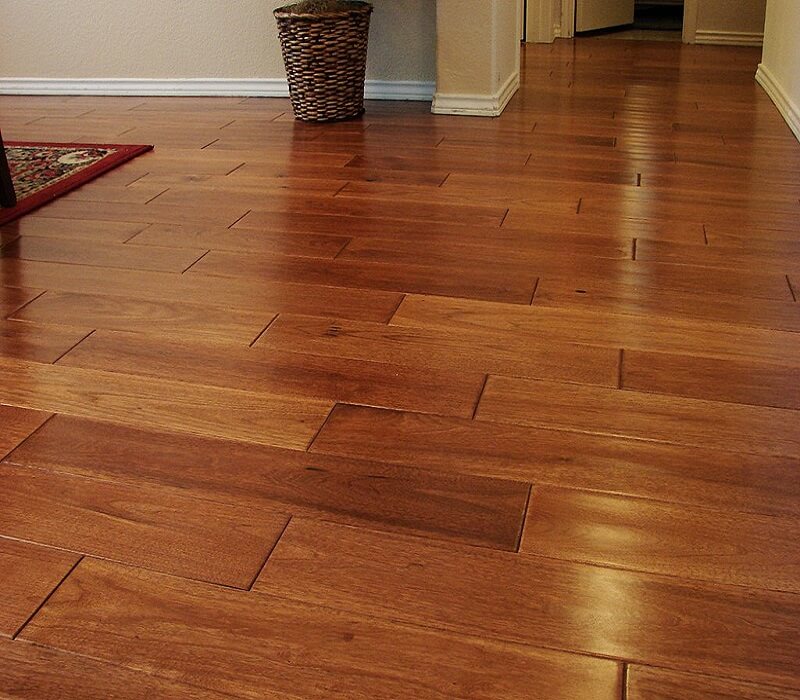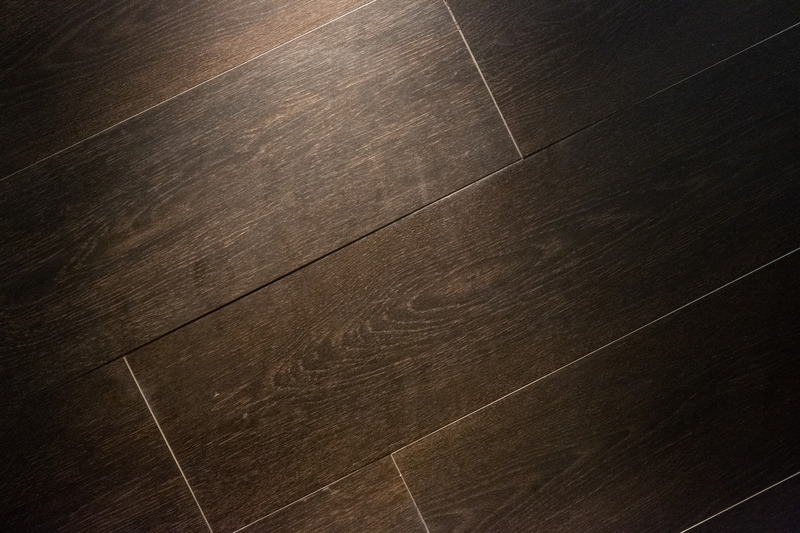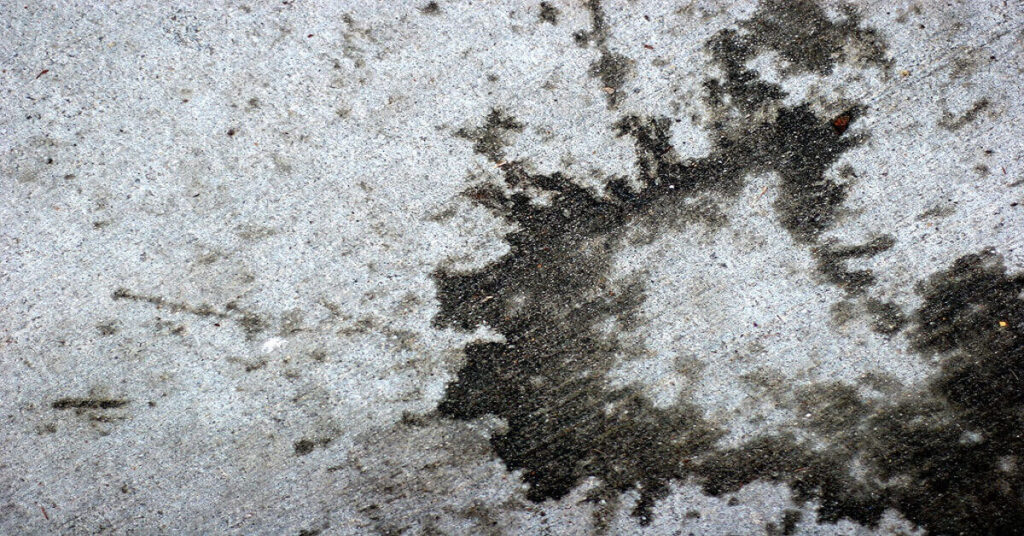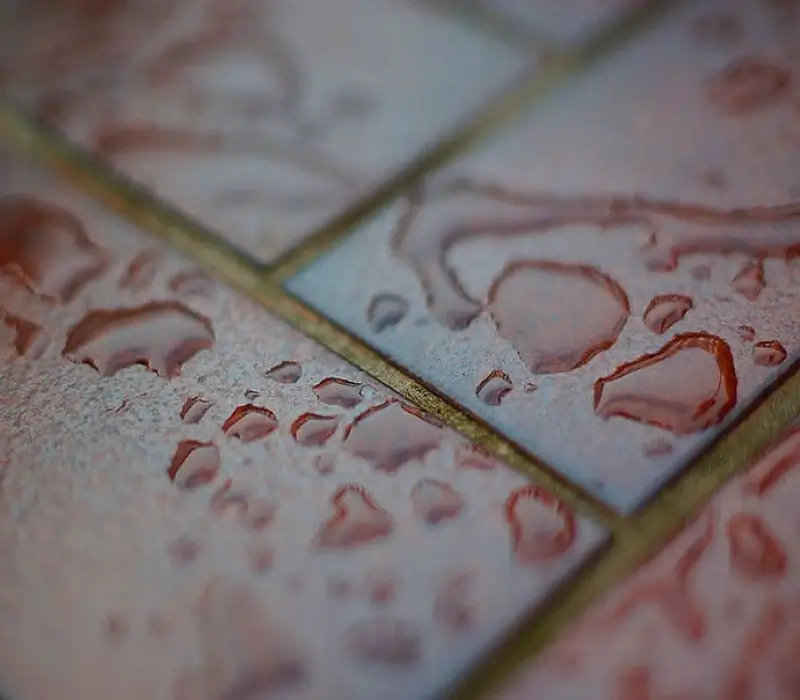
Bleach is a powerful cleaning agent used for a wide range of purposes. It can remove tough stains, disinfect surfaces, and even whiten yellowed plastic. By the way we have the guide How to Clean Yellowed Light Switches. However, this chemical is a double-edged sword. In other words, if it lands on the wrong surface, such as a hardwood floor, it can cause some severe damage. Now we will discuss how to remove bleach stains from hardwood floor.
The extent of the damage caused by bleach depends on how long it was left on your hardwood floor. But, in most cases, it will tear away the wood’s finish and causes the stained area to look fuzzy.
It sounds scary, right? Well, it’s, for those who don’t know the tips we’ve brought you today. In this article, you’ll find all the information you need to restore the beauty of your floor.

Table of Contents
What Can You Do After Spilling Bleach on a Hardwood Floor?
If you accidentally spill bleach on a hardwood floor, it is important to take prompt action to minimize damage. Here are the steps you can take after spilling bleach on a hardwood floor:
- Act quickly: Immediately grab a clean, dry cloth or paper towels and blot the spilled bleach to absorb as much liquid as possible. Avoid rubbing the bleach as it can spread the damage and further penetrate the wood.
- Rinse with water: After blotting, dampen a clean cloth with water and gently wipe the affected area to dilute and remove any residual bleach. Make sure not to oversaturate the wood with water, as excessive moisture can cause damage.
- Dry the floor: Once the bleach is rinsed off, use a dry cloth or towel to absorb any remaining moisture from the hardwood floor. Ensure that the floor is thoroughly dried to prevent any potential water damage.
- Assess the damage: After the floor is dry, carefully examine the area to evaluate the extent of the damage caused by the bleach. Look for any discoloration, changes in texture, or signs of wood damage.
- Seek professional help if needed: If the spill has resulted in significant discoloration, stains, or damage to the wood, it is advisable to contact a professional hardwood floor specialist or a flooring expert. They can provide guidance on the best course of action to repair or restore the affected area.
- Sanding The Spot. I know this may upset some of you, but the best way to restore your hardwood floor’s beauty is to sand the damaged area. It’s indeed a time-consuming task, especially if you got your hands full of other cleaning chores. Yet, the result you get will certainly please you. But, before you proceed, make sure that your children and pets are away from your workspace. Also, since wood sanding generates a significant amount of wood dust in the air, you’ll need to wear a dust mask. Bear in mind that breathing wood dust might result in some major health issues.
Remember, prevention is key in maintaining the beauty and integrity of hardwood floors. Take precautions to avoid spills by handling bleach and other potentially damaging substances away from the hardwood flooring. Using protective mats or rugs in high-risk areas can also help minimize the risk of accidents.
Effective Ways How To Remove Bleach Spills From Hardwood Floor
Before starting using one of the approaches mentioned below, you should first absorb the bleach from your hardwood floor. Take a clean cloth, paper towel, or rag, and blot as much liquid as possible. Then proceeds following one of these techniques:
Hydrogen Peroxide
This method is simple and does not take much work. Start by soaking a cloth or paper towel in hydrogen peroxide. Then, drape the towel over the soiled area and let it sit for a few minutes.
Afterward, take the cloth/rag from your hardwood floor and wipe up any hydrogen peroxide excess. This approach works well when the stain is still fresh.
Touch-Up Markers/Wax Crayons
If you’re looking for a simple, ready-to-use solution, look no further. Touch-Up Markers are an excellent choice for a discolored hardwood floor, especially for small stains. All you need to do is choose a touch-up marker that matches the color of your wood floor and paint the discolored area.
Cover it Up
What if I told you that you don’t need any product to remove the bleach stain from your hardwood floor? This method is intended mainly for individuals who don’t feel comfortable using DIY approaches. If the stain isn’t too significant, you can cover it with a mat or rug.
Simply get a rug that matches the style of the affected area and place it over the stain. What’s great about this technique is that it can be done for free if you have a new rug lying around.
Once you have the right equipment, grab good-quality sandpapers and sand the affected floorboards. Then pick the same tint as your hardwood floor and stain the damaged areas carefully. To make sure your chosen paint matches your hardwood floor, we recommend that you test it on a piece of wood.
Finally, coat the treated floorboards with polyurethane or another kind of varnish. Two to three applications may be necessary to get the same finish as the rest of your hardwood floor.

Is It Safe to Clean Hardwood Floors With Bleach?
It is generally not safe to clean hardwood floors with bleach. Bleach is a strong chemical that can cause damage to hardwood floors and alter their appearance. Here are a few reasons why using bleach on hardwood floors is not recommended:
- Discoloration: Bleach is a powerful oxidizing agent that can strip away the natural color and finish of hardwood floors. It can cause lightening or darkening of the wood, leading to unsightly and uneven patches.
- Surface Damage: Bleach is a corrosive substance that can harm the surface of hardwood floors. It can break down the protective sealant, varnish, or finish, leaving the wood vulnerable to scratches, stains, or water damage.
- Weakening of Wood Fibers: Bleach can weaken the wood fibers in hardwood floors, causing them to become brittle or warped. This can result in structural damage, including cracking, splitting, or cupping of the floorboards.
- Health Risks: The fumes emitted by bleach can be hazardous if inhaled or if they come into contact with the skin or eyes. Additionally, using bleach in combination with other cleaning products, such as ammonia-based cleaners, can create toxic fumes.
What You Should NEVER Do!
NEVER combine vinegar and bleach. I understand that since bleach is a highly alkaline chemical, some people may consider vinegar to be the ideal neutralizer owing to its low acidity. The problem is that combining vinegar and bleach produces a lethal gas called chlorine gas.
Conclusion
The difficulty level in removing a bleach stain from a hardwood floor is determined by the age of the stain. To put it another way, the key to success is to act quickly. However, even if you are a little late in acting, sanding, and treating the affected area, can rapidly restore the beauty of your floor.
We hope you found the information shared in this article to be helpful. Don’t forget to leave a comment sharing with us your experience when removing bleach from your hardwood floor and how useful the tips above were to you.
Just like your hardwood floor, carpet can also suffer from serious damage when spilling bleach on it. And to help you save your rug and fix the problem, we’ve made a fantastic guide on how to clean bleach from the carpet using some amazing hacks.
Does bleach damage hardwood floors?
Yes, bleach can damage hardwood floors if used improperly or in high concentrations. It can cause discoloration, fading, and even weaken the wood fibers. It is important to always follow the manufacturer’s instructions and to test the bleach solution on a small, inconspicuous area before using it on the entire floor.
How do you fix bleached hardwood floors?
The process for fixing bleached hardwood floors will depend on the severity of the damage. For minor bleach stains, you can try to sand the affected area and then apply a matching stain and sealant. For more significant damage, it may be necessary to replace the affected boards or hire a professional to refinish the entire floor. It’s best to consult with a flooring expert to determine the best course of action.
How do you remove bleach stains?
Unfortunately, bleach stains cannot be removed as the bleach has permanently damaged or removed the color from the material. The best solution is to cover the stain with a dye or patch.
Is vinegar safe on hardwood floors?
Vinegar can be damaging to hardwood floors, as it is acidic and can strip the finish over time. It is generally not recommended to use vinegar on hardwood floors.
How do you disinfect hardwood floors without damaging them?
You can disinfect hardwood floors without damaging them by using a solution of equal parts water and vinegar, or a solution of hydrogen peroxide and water. Avoid using harsh chemicals, abrasive cleaners, or excessive amounts of water, and make sure to wipe up any excess liquid to prevent damage to the hardwood.
We're an affiliate
We hope you love the products we recommend! Just so you know, CleanyHome.com is a participant in the Amazon Services LLC Associates Program, an affiliate advertising program designed to provide a means for sites to earn advertising fees by linking to Amazon.com.


